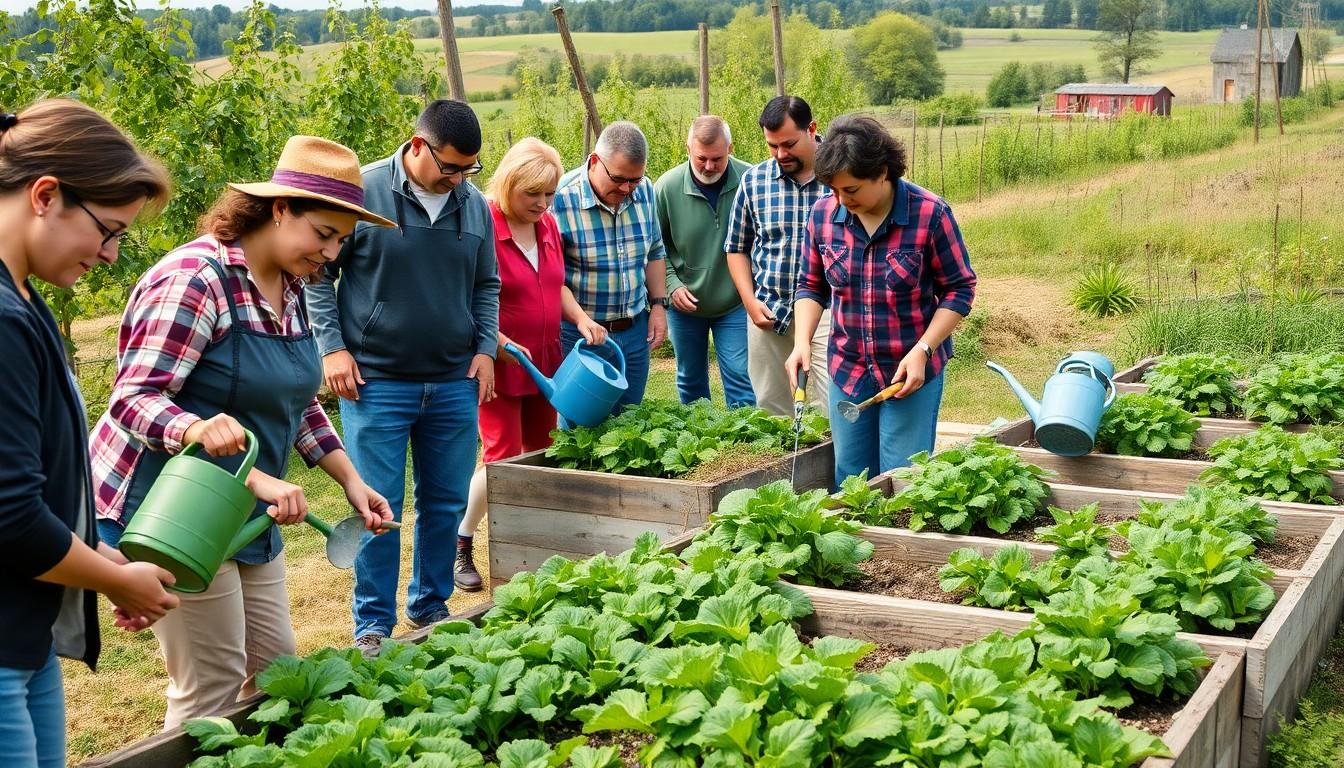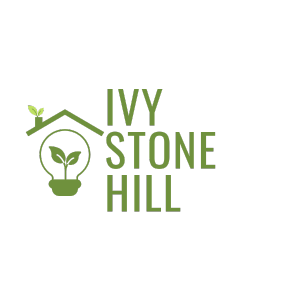In a world where delivery apps and instant gratification reign supreme, self-sufficiency might sound like a relic from a bygone era. But let’s face it—who wouldn’t want to be the master of their own domain? Imagine growing your own veggies, brewing your own coffee, and fixing that leaky faucet without calling for help. It’s not just about saving a few bucks; it’s about embracing independence and channeling your inner MacGyver.
Self-sufficiency isn’t just a trendy buzzword; it’s a lifestyle choice that empowers individuals to take control of their resources and skills. Whether it’s gardening, DIY projects, or even learning to cook without burning down the kitchen, this concept opens the door to a more sustainable and fulfilling life. So, let’s dive into the definition of self-sufficiency and explore why it’s the ultimate ticket to living life on your own terms.
self sufficiency definition
Self-sufficiency refers to the ability of individuals or communities to fulfill their own needs without external assistance. Emphasizing personal control over resources, self-sufficiency embodies a lifestyle choice fostering independence and resilience.
Historical Context of Self Sufficiency
Historically, self-sufficiency emerged as a necessity for survival. Early societies relied on agriculture and local resources to thrive. Communities farmed their land and crafted their goods, thus maintaining autonomy. During the Great Depression, self-sufficiency gained renewed importance as families cultivated gardens and preserved food. People sought independence from unstable economies and unreliable supply chains. This return to basics underscored the value of self-reliance, influencing future generations and cultivating a deeper appreciation for sustainable practices.
Modern Interpretations of Self Sufficiency
In contemporary times, self-sufficiency extends beyond traditional farming. Many view it as a holistic approach to life encompassing various skills and practices. Individuals explore urban gardening, alternative energy solutions, and DIY projects to reduce reliance on commercial systems. The rise of social media fosters a community around sharing knowledge and resources. Self-sufficiency now represents a blend of sustainability and modern practicality, enabling individuals to create a fulfilling lifestyle tailored to their needs.
Key Principles of Self Sufficiency

Self-sufficiency encompasses key principles that facilitate independence and resilience in various aspects of life.
Economic Independence
Economic independence enables individuals to support themselves without reliance on external financial or material support. Establishing multiple income streams plays a crucial role, allowing people to reduce vulnerability to economic fluctuations. Pursuing skills like gardening or crafting can contribute to cost savings. Building a budget and managing expenses effectively empowers people to allocate resources strategically. Communities fostering local businesses strengthen economic resilience while encouraging self-sufficiency. Local farming initiatives enhance food security, inviting participation from neighbors. Making conscious choices about spending fosters financial literacy. These practices encourage a lifestyle where individuals can thrive autonomously.
Resource Management
Effective resource management involves utilizing available resources to meet personal needs sustainably. Prioritizing essential resources, such as water and soil, ensures their availability over time. Implementing recycling and composting practices reduces waste, promoting a circular economy. Growing food at home allows for better control over nutrition and reduces dependence on stores. Harnessing renewable energy sources, like solar or wind, minimizes reliance on traditional energy grids. Organizing storage strategies enhances the efficiency of resource use. Engaging in community sharing initiatives maximizes access to tools and knowledge. By maintaining a balanced approach, individuals can cultivate skills that support ongoing self-sufficiency efforts.
Benefits of Achieving Self Sufficiency
Achieving self-sufficiency provides numerous advantages that enhance life quality and individual capabilities.
Personal Growth and Empowerment
Personal growth emerges from the self-sufficiency journey. Individuals gain skills through hands-on experiences, such as gardening or crafting. Acquiring these new skills fosters a sense of achievement and boosts confidence. Empowerment occurs when people realize they can tackle challenges independently. They develop resourcefulness that extends to various aspects of life, from problem-solving to decision-making. This growth encourages a proactive mindset in addressing daily needs. The more one engages in self-sufficiency practices, the more resilient they become against unforeseen adversities. The sense of control over one’s resources reinforces a belief in their capabilities and fosters long-term well-being.
Environmental Sustainability
Environmental sustainability benefits significantly from self-sufficiency practices. Individuals contribute to reduced carbon footprints by producing food locally and adopting eco-friendly methods. Local food production minimizes transportation requirements, lowering greenhouse gas emissions. Emphasizing composting and recycling further supports sustainable resource management. Communities that embrace self-sufficiency often promote biodiversity through varied planting and rotational farming. Natural ecosystems thrive when individuals prioritize local flora and fauna. Harnessing alternative energy solutions, such as solar or wind power, directly counters reliance on fossil fuels. Overall, self-sufficiency promotes healthier ecosystems while fostering a connection between individuals and their environment.
Challenges in Pursuing Self Sufficiency
Pursuing self-sufficiency presents various challenges that can deter individuals from fully committing to this lifestyle. These obstacles often include initial investments in equipment, land, and resources, as well as the essential need for knowledge and skills.
Initial Investment and Resources
Starting on the path to self-sufficiency requires a financial commitment upfront. Land for gardening or livestock can represent a large expense. Equipment like tools and renewable energy systems also necessitates a significant investment. Additionally, seeds and soil amendments add to the cost of cultivating a productive garden. This investment often discourages would-be practitioners. However, individuals can mitigate costs through community gardens or sharing resources with neighbors. Finding creative ways to source materials can aid in achieving self-sufficiency without overwhelming financial strain.
Knowledge and Skills Required
Acquiring the necessary knowledge and skills can be demanding. Successful self-sufficiency relies on understanding agriculture, animal husbandry, and basic home repairs. Gardening techniques, sustainable practices, and food preservation methods all require time and effort to learn. Gaining proficiency in these areas involves consistent practice and sometimes trial and error. Engaging with local workshops or online tutorials streamlines the learning process. Networking with fellow enthusiasts strengthens skills while building community support. Overall, enhancing knowledge and skills enhances the chances of successfully navigating self-sufficient living.
challenges with confidence
Embracing self-sufficiency empowers individuals to take control of their lives and resources. By cultivating essential skills and fostering independence, people can navigate challenges with confidence. This lifestyle not only enhances personal growth but also contributes to environmental sustainability. As communities come together to share knowledge and resources, the movement toward self-sufficiency becomes more accessible and practical. Ultimately, adopting this approach leads to a more resilient and fulfilling way of life, encouraging everyone to thrive in an ever-changing world.

